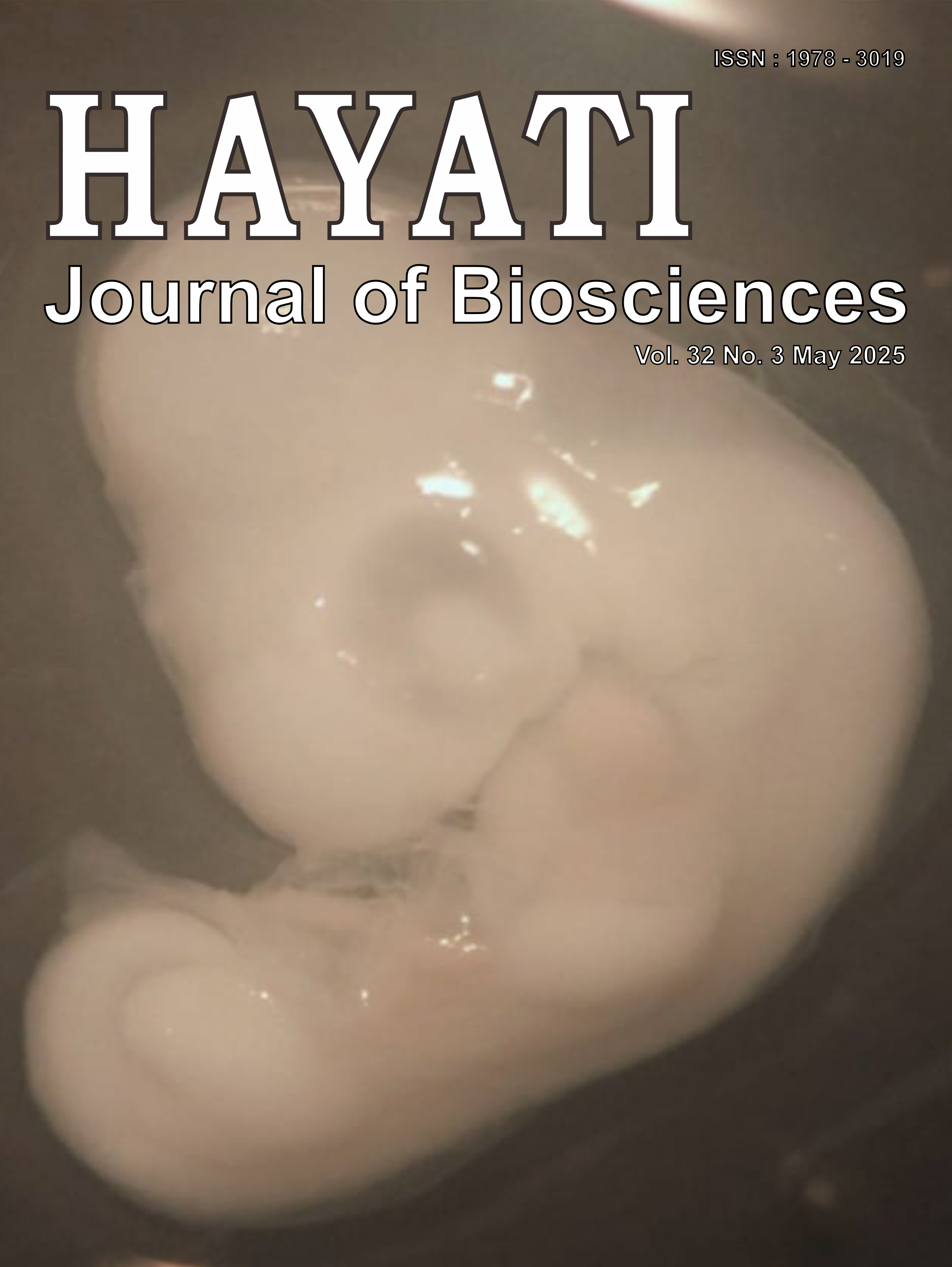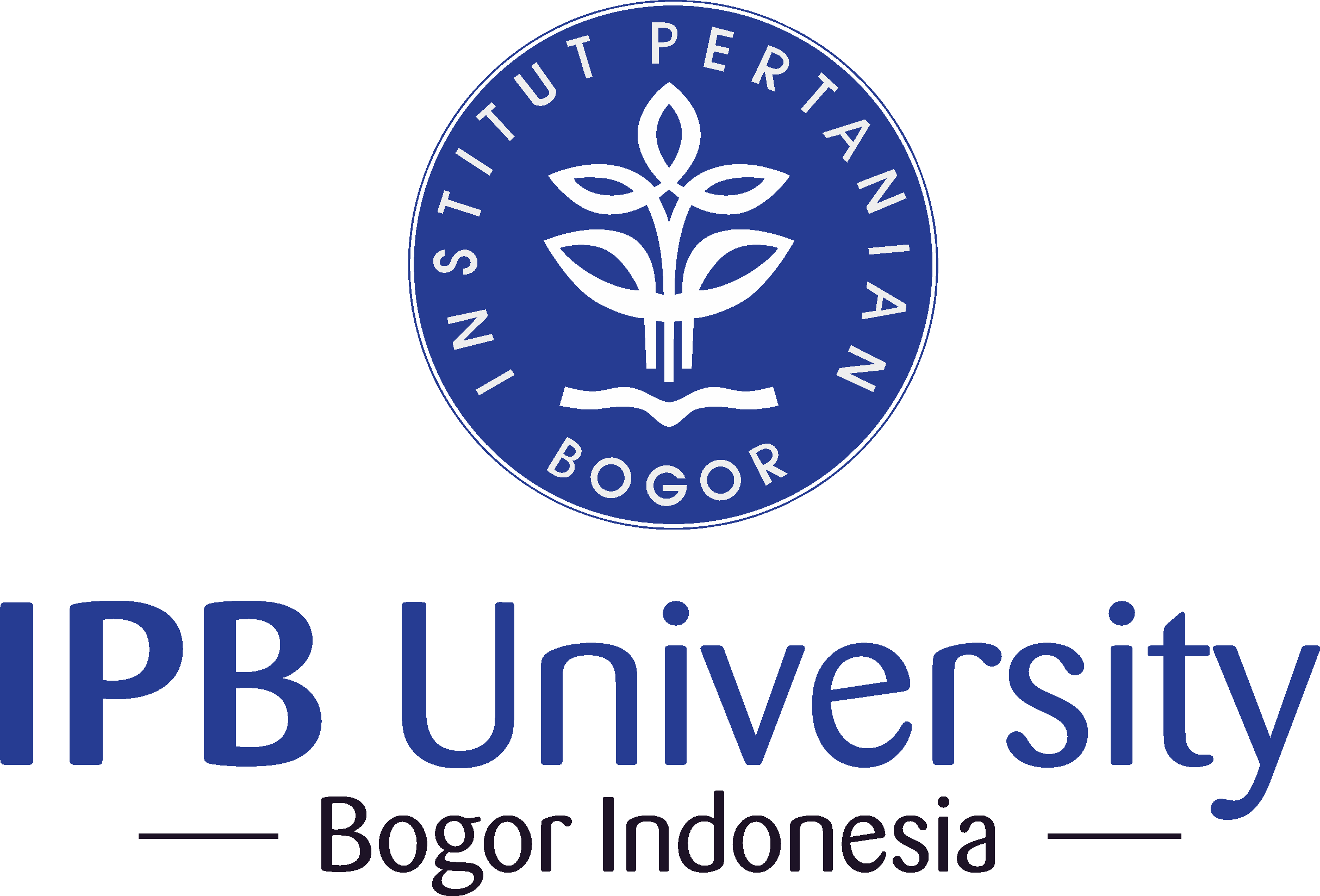The Ureolytic Soil Bacteria Bacillus albus, a potential Agent for Biocement
Abstract
Concrete is a common building material and is very vulnerable to cracking caused by unstable temperature/humidity. Concrete crack repair can be done by using microorganism substitution that can produce CaCO3 (calcite) compounds that can be used as an environmentally friendly method in improving structural formation and increasing the strength and durability of concrete, one of which is using ureolytic bacteria. This study aimed to isolate and characterize ureolytic bacteria isolates and then to assess the calcite precipitation potential of ureolytic bacteria isolates from landfills. The ureolytic bacterial isolates were grown on NB-U/Ca and tap water medium. Analysis of Calcite Structure using Fourier Transform Infra-Red (FTIR), and molecular identification using 16S rRNA gene sequences. Bacterial isolate SP. 48 were able to grow and produce calcite in both media, especially in tap water medium. FTIR results showed that the precipitates produced by bacterial isolates on both mediums had strong absorption peaks, which were detected to be calcite. Molecular identification using the 16S rRNA gene sequence showed that the isolate is Bacillus albus. B. albus is a proteolytic bacterium collected from landfills that was proven to be a calcite-producing bacterium, a new finding in this study. B. albus can grow and produce calcite in a tap water medium with low pH. This finding can be used as an alternative to overcome concrete cracks and increase the strength and durability of concrete. This bacterial isolate could be developed as a biocement candidate.
Downloads
Copyright (c) 2025 Tetty Marta Linda, Syauqi Susana Rahmani, Andini Saras Wati, Bernadeta Leni Febriarti, Dedi Futra, Monita Olivia, Erwina Juliantari

This work is licensed under a Creative Commons Attribution-NonCommercial 4.0 International License.
HAYATI J Biosci is an open access journal and the article's license is CC-BY-NC. This license lets others distribute, remix, tweak, and build upon author's work, as long as they credit the original creation. Authors retain copyright and grant the journal/publisher non exclusive publishing rights with the work simultaneously licensed under a https://creativecommons.org/

























.png) IPB University
IPB University Department of Biology
Department of Biology The Indonesian Biological Society
The Indonesian Biological Society 

